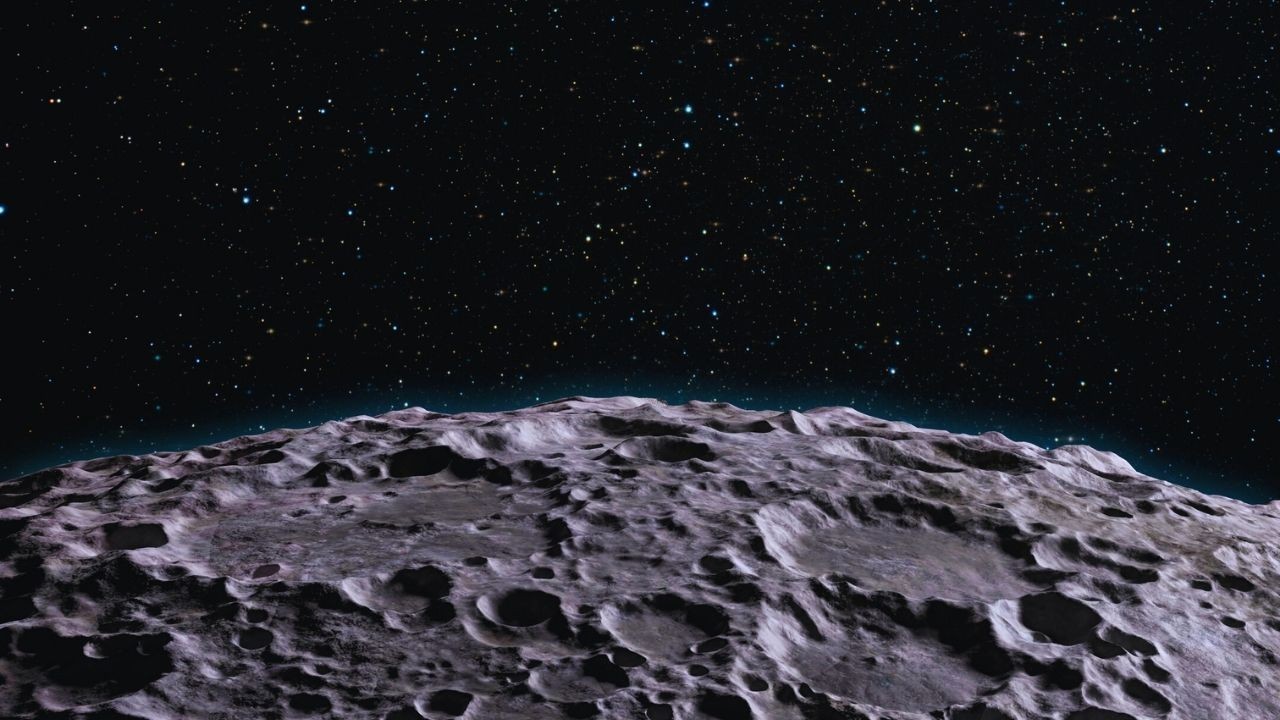
Post by : Anish
For centuries, the Moon has fascinated humanity. From myths and legends to telescopes and rockets, it has always been the closest celestial body symbolizing our cosmic aspirations. The Apollo missions of the 1960s and 70s gave humans the first taste of lunar exploration, but no permanent presence was established. Now, half a century later, the dream of building lasting lunar settlements is being revived on a global scale.
Today, governments and private companies are investing billions in developing technologies to support human life on the Moon. Plans include lunar bases for scientific research, mining for rare minerals, and even acting as a launch pad for Mars missions. The target year often cited is 2030—a symbolic marker by which nations hope to achieve permanent lunar footholds. But how realistic is this timeline, and what progress has been made so far?
The United States is spearheading efforts with NASA’s Artemis program, which aims to return astronauts to the Moon by 2026. Unlike the Apollo missions, Artemis is designed for sustainability. Its goals include establishing a lunar base camp where astronauts can live and work for extended periods.
The program will deploy the Lunar Gateway, a space station orbiting the Moon, serving as a hub for missions, supplies, and scientific experiments. From this gateway, astronauts can descend to the lunar surface using advanced landers. The Artemis Base Camp is envisioned to include habitation modules, rovers, and power systems to support long-term stays.
By the 2030s, NASA hopes to use this base as a stepping stone to Mars. Permanent human presence on the Moon is not just a symbolic achievement but a practical necessity for testing life-support systems, radiation shielding, and closed-loop habitats needed for interplanetary travel.
China has emerged as a formidable player in space exploration. Through its Chang’e lunar program, China has achieved remarkable milestones, including landing rovers on the Moon’s far side. Its long-term plan involves building an International Lunar Research Station (ILRS), in collaboration with Russia.
This proposed station would include robotic and crewed modules, power systems, and scientific labs. Construction could begin in the late 2020s, with operational bases expected in the 2030s. Unlike NASA’s Artemis, which is U.S.-led and open to allies, the ILRS is intended as an alternative space partnership, especially for countries outside the Artemis Accords.
China’s ambitious goals are backed by strong political will and consistent funding. If realized, their lunar base could rival NASA’s efforts and ignite a new era of space competition reminiscent of the Cold War space race.
The European Space Agency (ESA) is also deeply invested in lunar exploration. It has proposed the concept of a “Moon Village,” where nations collaborate to build habitats, share resources, and conduct research. ESA envisions this as a cooperative effort, with multiple partners contributing technologies ranging from 3D-printed lunar habitats to solar power systems.
Japan, through its space agency JAXA, has also announced plans for lunar bases, focusing on sustainable water extraction and energy solutions. India, following its Chandrayaan missions, is also expected to join global efforts, though on a smaller scale. These collaborations highlight that permanent lunar presence is not just a national ambition but a shared human goal.
Beyond governments, private companies are reshaping lunar exploration. SpaceX, led by Elon Musk, plays a key role in NASA’s Artemis missions with its Starship lunar lander. Musk envisions long-term colonization of Mars, but establishing a Moon base is a critical step toward that vision.
Blue Origin, founded by Jeff Bezos, has proposed the Blue Moon lander and dreams of millions of people living and working in space. Bezos sees the Moon as a key site for mining resources, particularly water ice, which can be converted into fuel for deep space missions.
Other companies like Astrobotic and Intuitive Machines are developing robotic landers to deliver cargo and experiments to the lunar surface. Their contributions may seem small compared to national programs, but they form the foundation of a future lunar economy.
Despite the enthusiasm, establishing permanent lunar settlements is fraught with challenges.
Radiation Exposure: The Moon lacks a protective atmosphere and magnetic field, exposing astronauts to harmful cosmic rays and solar radiation. Developing adequate shielding—through underground habitats or regolith-based shelters—is critical.
Temperature Extremes: Lunar days and nights each last about 14 Earth days, with temperatures soaring to 127°C in sunlight and dropping to –173°C in darkness. Habitats and power systems must withstand these extremes.
Lack of Atmosphere: With no breathable air, every resource—oxygen, water, and food—must either be transported from Earth or produced locally.
Psychological Stress: Isolation, confined spaces, and distance from Earth pose mental health challenges for astronauts living on the Moon.
Costs and Logistics: Building, transporting, and maintaining lunar bases require astronomical budgets and innovative supply chains. Without international cooperation and private investment, sustaining long-term presence may prove difficult.
One of the most promising discoveries for lunar settlement is the existence of water ice at the Moon’s poles. These reserves could be harvested for drinking water, oxygen, and hydrogen fuel. If successfully extracted, lunar water could dramatically reduce reliance on Earth-based supply missions.
This potential resource has fueled renewed interest in the Moon, with multiple missions planned to map and test water extraction technologies. Whoever develops reliable methods first may gain a decisive advantage in the race to establish permanent lunar bases.
Transporting building materials from Earth is impractical due to cost and weight. Instead, space agencies are exploring the use of lunar regolith—the dusty soil covering the Moon—for 3D printing habitats.
This approach could create durable shelters with radiation protection. Robots could be deployed first to construct habitats before humans arrive, reducing risk. ESA has already tested 3D-printed prototypes using simulated lunar soil on Earth. If scaled successfully, it could revolutionize space architecture.
The Moon is not just a scientific outpost but also a potential economic frontier. Rare minerals, such as helium-3—a potential fuel for future nuclear fusion—could make the Moon a valuable resource hub. Furthermore, lunar settlements could act as refueling stations for spacecraft heading deeper into the solar system.
The development of a lunar economy could resemble Earth’s early colonies, with trade, mining, and technological innovation driving expansion. Private companies are especially eager to tap into this new frontier, as it could open trillion-dollar industries in space.
While the vision of permanent lunar bases by 2030 is ambitious, experts remain cautiously optimistic. NASA plans to land astronauts by 2026 and establish Artemis Base Camp soon after. China’s ILRS could begin construction in the late 2020s, with partial operations by the early 2030s.
Realistically, by 2030, we may see semi-permanent habitats—capable of hosting astronauts for months at a time—rather than fully developed lunar cities. These bases will serve as proof of concept, paving the way for larger, more permanent settlements in the following decades.
The pursuit of lunar bases is not just about exploration; it’s about survival and progress. Earth faces challenges such as climate change, resource scarcity, and overpopulation. The Moon offers a testing ground for technologies that could one day allow humanity to expand beyond its home planet.
Moreover, the Moon inspires a sense of unity. Just as Apollo 11 united the world in awe, the establishment of lunar bases could become a symbol of global cooperation. While competition exists between nations, the larger goal is to extend human presence into the cosmos.
This article is for informational and editorial purposes only. While based on ongoing space programs and expert projections, the timelines and plans discussed remain subject to technological, financial, and political developments.

India vs West Indies Test Series 2025: A Clash of Heritage and New Beginnings
The 2025 India vs West Indies Test series promises fierce cricketing battles with new leadership, em

Lal Bahadur Shastri Birth Anniversary: Remembering India’s Humble Prime Minister
Lal Bahadur Shastri, India’s second Prime Minister, is remembered for his humility, integrity, and s

Korean Scientists Teach Robots to “Forget” for Faster Navigation
New Physical AI helps autonomous robots forget outdated info, boosting efficiency in factories and l
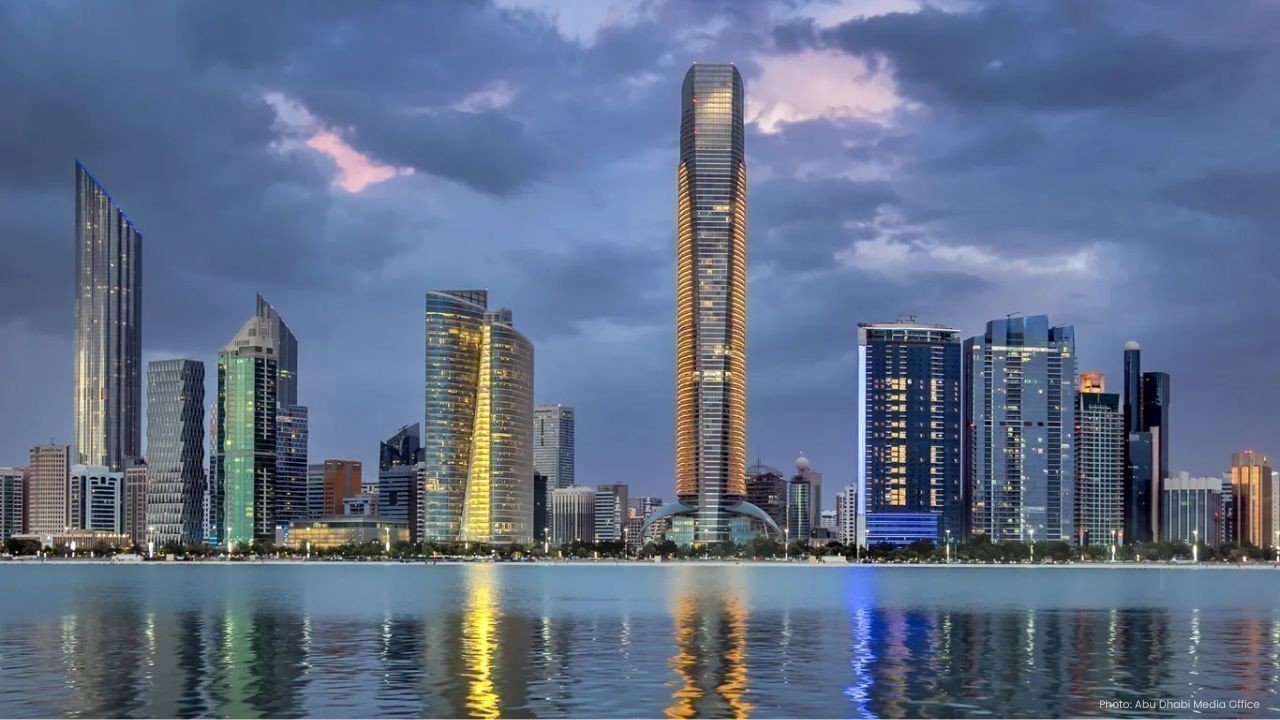
Abu Dhabi Q2 GDP Hits AED306B, Non-Oil Sectors Lead Growth
Abu Dhabi’s Q2 2025 GDP reaches AED306B, with non-oil sectors driving record growth in manufacturing
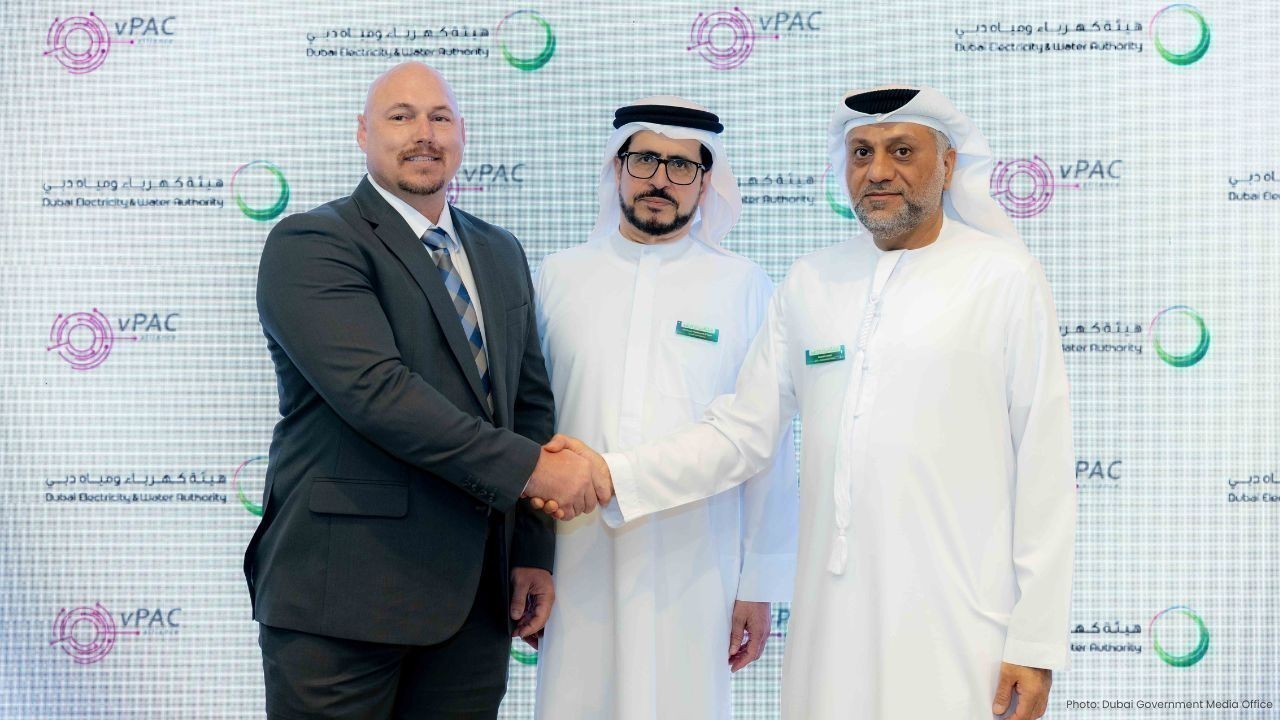
DEWA Joins Global vPAC Alliance, Leading MENA Power Sector
DEWA becomes first MENA utility in vPAC Alliance, advancing smart grids, digital networks, and globa

Jane Goodall Dies at 91: Legendary Voice for Wildlife Lost
Renowned primatologist Jane Goodall passes at 91, leaving a legacy of groundbreaking chimpanzee rese
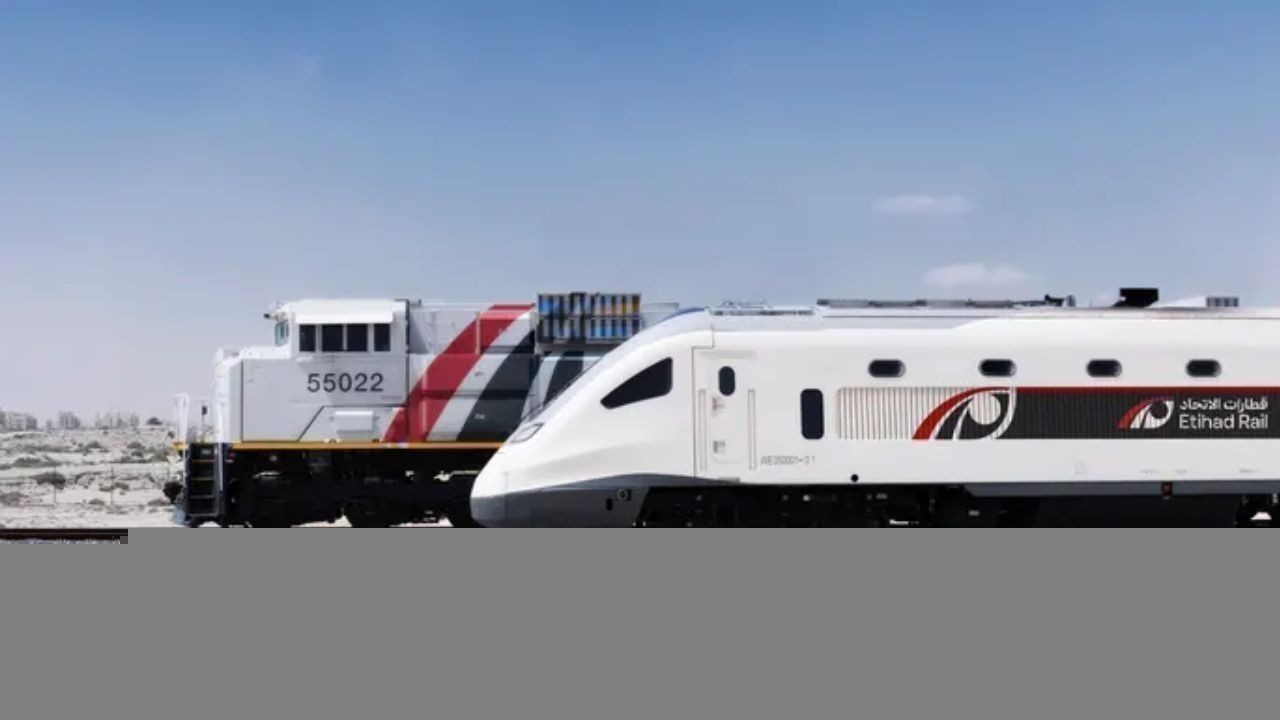
UAE to Launch World-Class Passenger Rail with Etihad & Keolis
Etihad Rail partners with Keolis to introduce world-class passenger rail in UAE by 2026, offering se
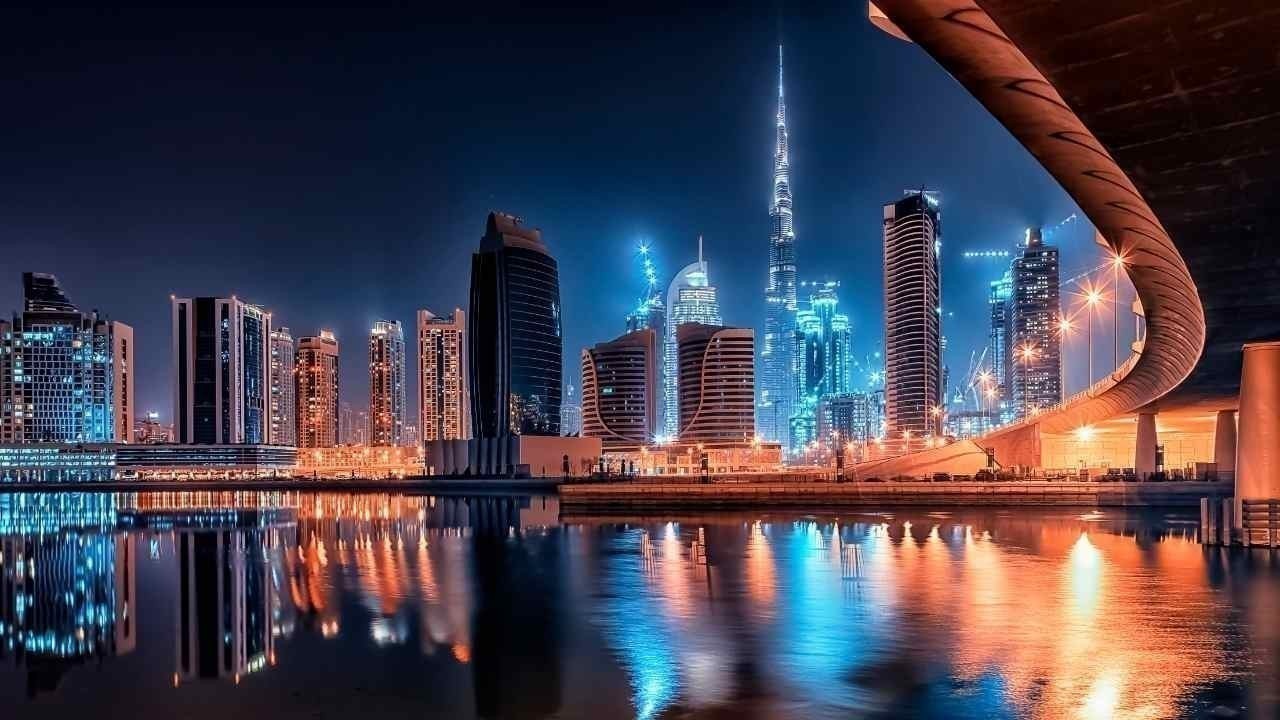
Fusion of Tradition and Modernity Balancing Heritage and Modern Life
Explore how tradition and modernity blend to shape culture innovation and society creating a balance

Top Nutrient Rich Foods Every Woman Should Eat for Better Health & Energy
Discover top nutrient rich foods every woman should eat to boost energy immunity and overall healt

Fibre for Weight Loss How High Fibre Foods Help You Shed Pounds Naturally
Learn how fibre helps you lose weight naturally keeps you full boosts digestion and supports a healt
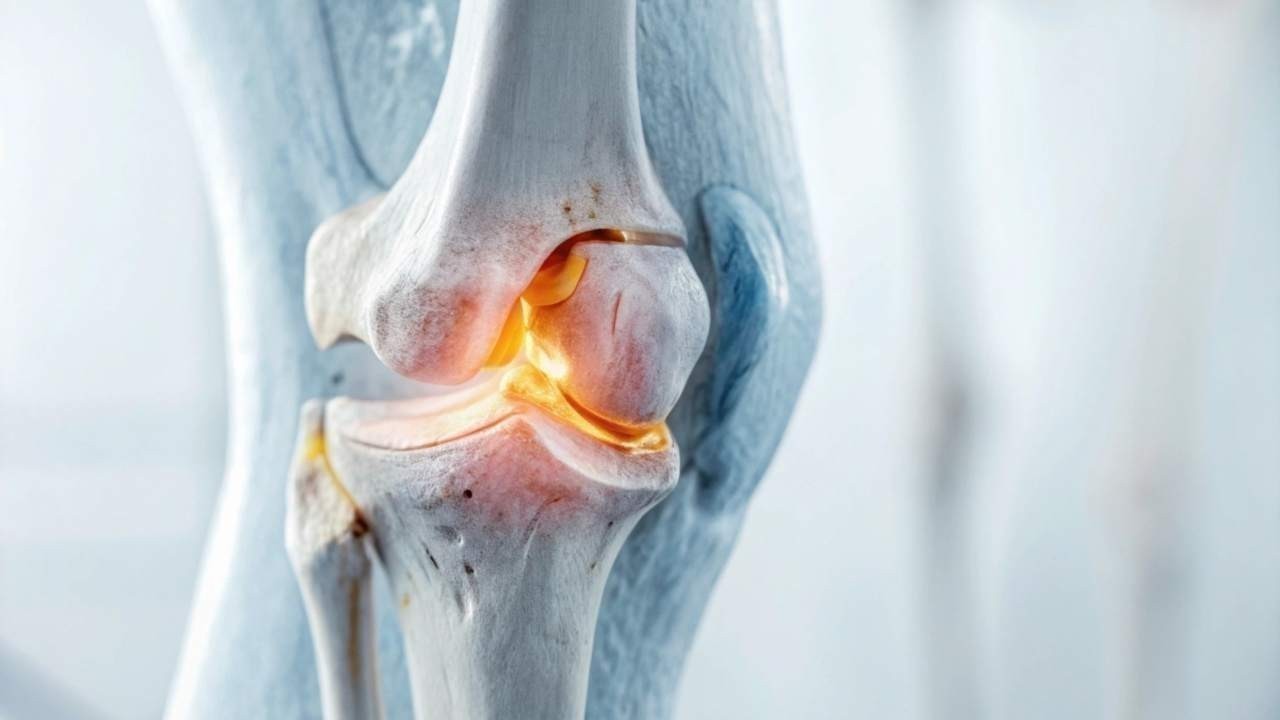
Small Weight Loss Tips to Protect Your Knees
Even small weight loss can reduce knee pain improve mobility and protect joints Learn simple tips to

Men s Grooming & Skin Care Guide Tips for Healthy Skin and Confidence
Discover the ultimate men s grooming and skin care guide with tips for healthy skin hair care and co

Body Contouring & Slimming in Dubai Safe Non Surgical Ways to Reshape Your Body
Discover safe effective body contouring & slimming treatments in Dubai to reduce fat tighten skin an

Anti Aging & Rejuvenation in Dubai Secrets to Younger Skin & Wellness
Discover anti aging & rejuvenation in Dubai From Botox to natural care explore safe treatments for y

Lip Tanning & Sun Damage Causes Signs Prevention & Treatments
Learn about lip tanning and sun damage Discover causes signs prevention and treatments to keep your